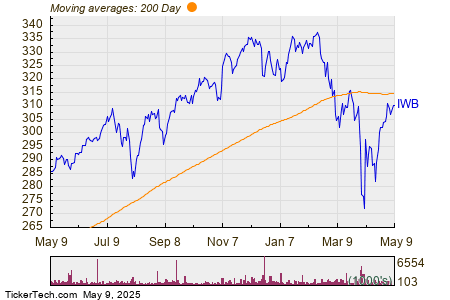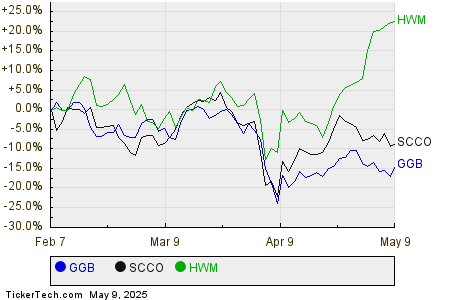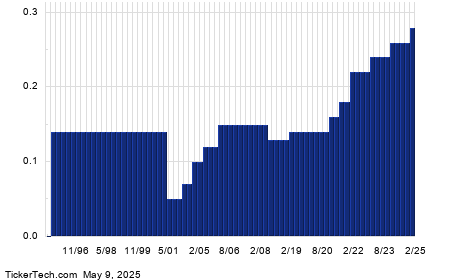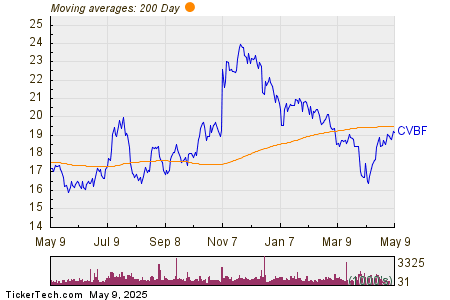UnitedHealth Set to Announce Earnings Amid Revenue Growth Challenges
UnitedHealth (NYSE:UNH) is set to release its earnings report on Thursday, April 17, 2025. Analysts expect earnings per share (EPS) of $7.29 on sales of $111.6 billion. This marks a growth from the previous year’s quarter, which recorded an EPS of $6.91 and $99.8 billion in sales. Revenue growth is anticipated to persist, propelled by its Optum and UnitedHealthcare divisions; however, rising medical costs could challenge profitability.
Strategies for Event-Driven Traders
Traders focusing on event-driven strategies should consider historical patterns related to UNH’s earnings releases. One effective method is to analyze past performance and position themselves accordingly before the earnings announcement. Another strategy involves examining the relationship between initial and medium-term returns following the earnings release, allowing traders to react to market trends. Over the past five years, UNH’s stock has displayed balanced outcomes, with 10 out of 19 instances yielding positive returns on the day following earnings. The median one-day positive return was 4%, with a peak gain of 7%. Consequently, while the exact impact of the upcoming earnings announcement on the stock price is difficult to ascertain, historical data indicates about a 50% chance for a favorable short-term reaction. For investors seeking lower volatility than individual stocks, the Trefis High-Quality portfolio has outperformed the S&P 500 and achieved over 91% returns since its inception.
see earnings reaction history of all stocks

Image by Darko Stojanovic from Pixabay
UnitedHealth’s Historical Odds of Earnings Success
Reviewing UNH’s post-earnings returns offers valuable insights:
- Over the last five years, there have been 19 earnings observations, with 10 positive and 9 negative one-day (1D) returns, indicating positive outcomes occurred about 53% of the time.
- This percentage increases to 55% in the more recent three-year timeframe.
- The median return from positive instances is 4.0%, while the negative instances show a median loss of -2.7%.
Further information on observed 5-day (5D) and 21-day (21D) post-earnings returns is summarized in the table below.

UNH observed 1D, 5D, and 21D returns post earnings
Analyzing Correlations Between Post-Earnings Returns
Understanding the correlation between short-term (1D) and medium-term (5D) returns can provide traders with low-risk strategies. This method is most effective when the correlation is strong. For example, if there is a high correlation between 1D and 5D returns, a trader may choose to go “long” for five days if the one-day post-earnings return is positive. Below is correlation data based on both the 5-year and more recent 3-year history.

UNH Correlation Between 1D, 5D, and 21D Historical Returns
To enhance returns, consider Trefis’s RV strategy, which has consistently outperformed its benchmark of all-cap stocks, combining the S&P 500, S&P mid-cap, and Russell 2000. Additionally, for those interested in stable growth options, the High Quality portfolio offers a smoother alternative than investing in a single stock like UnitedHealth, having outperformed the S&P with returns exceeding 91% since launch.
Invest with Trefis Market-Beating Portfolios
see all Trefis Price Estimates
The views and opinions expressed herein are the views and opinions of the author and do not necessarily reflect those of Nasdaq, Inc.






